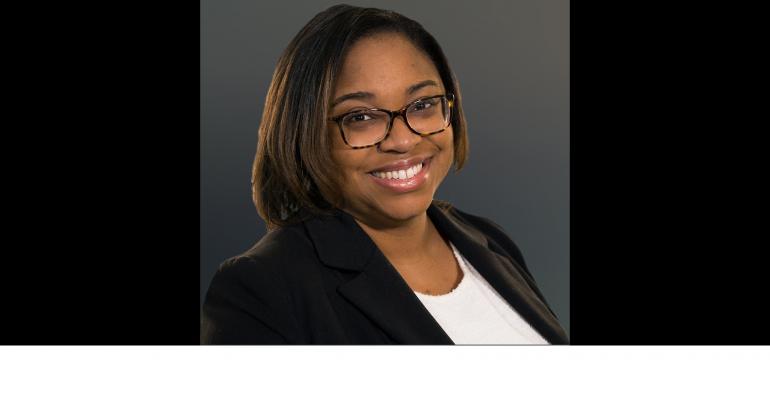Ellide Smith, CMP, is the new vice president, event operations, at streamlinevents in Emeryville, Calif. After two years as senior director of conferences at Evanta, a Gartner Company, running more than 240 high-touch, C-level events a year, her new role will be focused on leading and coaching streamlinevents’s event management and operations team. We caught up with Smith a month into her new job and asked her to share some observations from the top.
MeetingsNet: You’ve worked on many C-level events in recent years. What do executives want most from the events, and how does that affect your meeting design?
Smith: C-level executives want to have access to peers and to share, learn, and solve challenges affecting their respective industries. They are not interested in gimmicks or tchotchkes. For them, it’s about having truly valuable content and the opportunity to build relationships that will help them push their agenda forward within their company and industry.
These executives want a seamless meeting experience that shows great thought, even in the smallest detail, and makes their valuable time out of the office well-spent. They want to have something meaningful to take back to their organization. It’s important to curate an experience unlike you would for a standard user conference. Find out what type of sessions and experiences speak to your audience. You can base this on factors like role type, industry, or location, but it’s often best to ask executives what’s important to them, and then allow them to be actively involved in the session format. Another good approach is to give executives open access to a key thought leader.
MeetingsNet: Do executives like using technology at the in-person meetings they attend?
Smith: With thoughtful selections, events for executives can be both high-tech and high-touch. For example, event apps make everything accessible on the attendee’s smartphone. With the latest advances, executives can get customized recommendations on sessions, exhibitors to visit, and attendees to meet based on shared interests and event goals.
Networking time is no longer limited to welcome receptions and other scheduled events. Instead, executives can identify good prospects, message them onsite, and arrange meetings. Technology gives them the tools to optimize networking in a way that’s targeted and convenient.
MeetingsNet: The economy may not be as robust in 2020 as it has been. Are you seeing any changes to how companies plan their internal meetings as a result?
Smith: We all learned our lesson from the Great Recession. Companies are now being extremely cautious about the types of events they hold. They also want to include proper measurements of success as well as a thorough assessment of financial risks associated with low year-over-year attendance.
Many companies are including cancellation clauses in their contracts, and programs further out are being booked with extreme caution. Contracts are being signed only when pushed to the limit of holding venue space and rooms.
Most companies are analyzing their annual event portfolio for successful returns and eliminating events that have produced questionable results. Corporate meetings are heavily scrutinized by senior leadership and are required to present “out plans” in the unfortunate event of a repeat of 2008. The goal is to minimize financial losses without losing their customer base and partnerships with sponsors.
MeetingsNet: Where can corporate planners save some money without attendees noticing?
Smith: One sure-fire strategy is to cut down on attendee swag. Most of these items end up in a wastebasket or at the bottom of a closet never to see the light again. Branding and messaging are important, of course. However, as corporate planners, we should look for more effective and environmentally responsible ways to communicate the brand message.
The second area where planners can economize is by partnering with preferred vendors to ensure budgets are being fully executed in a way that doesn’t include unnecessary frills. It’s always good to sit down with vendor partners and go through the budget and customer journey line-by-line. It helps to brainstorm ways to reduce or eliminate costs. This could be something as simple as using lighting and gobos in place of foam core walls and backdrops to achieve a desired look in a keynote room.





